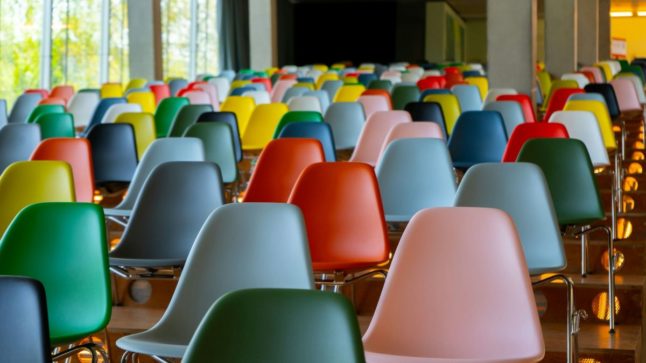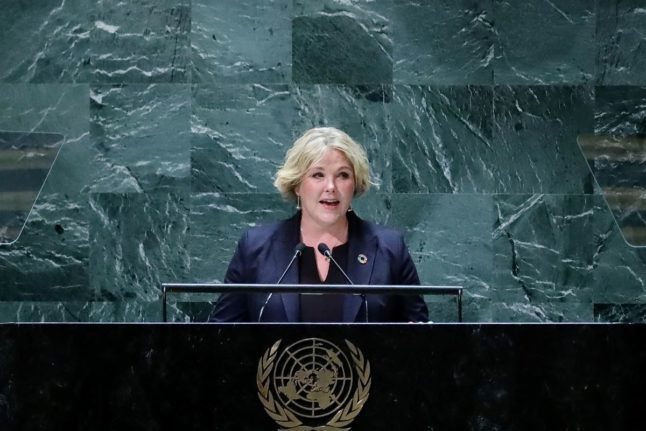The initial cuts were announced as part of the state budget for 2024 last autumn, and private schools told The Local that the cuts threatened their existence.
Following backlash and protests last year, the government said it would tweak its plans, and on Tuesday, it announced the cuts would be reversed and a new subsidy scheme would be adopted.
“We believe that the new model provides a better distribution between schools. Some schools were overcompensated, while other schools were undercompensated,” school policy spokesperson and MP for the Centre Party, Marit Knutsdatter Strand, told public broadcaster NRK.
Independent schools in Norway will now receive 484 million kroner compared to the 515 million kroner the government planned to save by cutting subsidies.
The announcement has been met with mixed reactions from some private schools.
“We are happy that the government is correcting the cut from last autumn and that almost all the money is coming back. At the same time, this is money we thought we had and which was taken from us, so there is no violent cheering…” Helge Vatne, the acting general secretary of the Association of Christian Free Schools, told NRK.
When the initial cuts were announced last year, the government said that it would no longer pay subsidies for both levels of education offered at private, independent, and international schools and that such institutions would instead receive only one grant.
The extra subsidies have been paid out to compensate for the higher per-pupil running costs of private schools.
In return, private schools must adopt certain parts of the Norwegian curriculum and cap fees. As a result, fees at schools that receive money from the government typically range between 24,500 kroner and 37,000 kroner a year.
However, not all schools accept government subsidies. These institutions, therefore, have more say over their curriculum and charge higher fees to compensate for the lack of government funding.
READ MORE: Why some international schools in Norway are much more expensive than others
Some 30,000 children in Norway attend a private or international school, according to figures from the national data agency Statistics Norway.



 Please whitelist us to continue reading.
Please whitelist us to continue reading.
Member comments